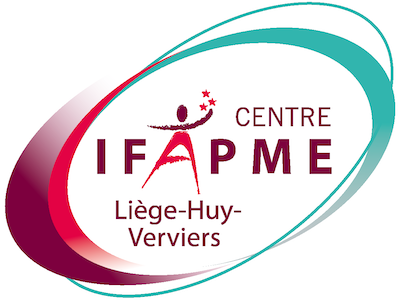1. What is the relationship between a Master Information Delivery Plan (MIDP) and a Task Information Delivery Plan?
MIDP is the main plan that manages the delivery of information throughout all of the project. It is developed by the project delivery manager in collaboration with the various task team managers. The MIDP is a compilation of the various Individual Task Information Delivery Plans (TIDP), which is prepared by other team members, and it includes details of when the project information is to be prepared, who is responsible for producing the information and also what protocols and procedures should be followed for each stage. Examples of information deliverables which are commonly listed in the MIDP are models, specifications, room data sheets etc.
Task Information Delivery Plan (TIDP) is the responsibility of the individual task team manager to compile and produce their own TIDP, which then assists in the development of a Master Information Delivery Plan (MIDP).
Each task has a corresponding milestone that aligns to the overall design and construction programme of the project. Each task should detail the responsibility of each supplier’s information and also show how responsibility for the preparation of the project documents transfer from one team to another. Therefore, the main difference between the Master Information Delivery Plan (MIDP) and the Task Information Delivery Plan (TIDP) is that the latter informs the former.
2. What is an “as built” or an “as constructed” BIM model?
In construction projects, it is common for changes to be made during construction due to circumstances on site. These changes may be relatively minor or very significant. Therefore, it is common for the client to require as-built documentation to reflect what was actually built.
In the case of a BIM model, this means that the 3D model and all its information must be maintained and updated throughout the construction process to reflect reality. A good follow-up of the changes made on site is therefore essential. Even small details can be integrated. This will allow subsequent activities (such as facilities management or maintenance) to be carried out without having to check whether the original design model is consistent with the completed project. This digital data can be updated throughout the life of a building and continue to provide relevant and valuable information to anyone looking to improve, repair or renovate the asset.
3. How can building managers and users benefit from BIM?
BIM can enable building usage information to be collected and stored in formats that can be used by facility operators - allowing buildings and other assets to be used and maintained efficiently. A database containing all relevant information about a building or facility is passed to the building manager at the end of the construction process. This allows building managers to easily familiarise themselves with the building and learn essential information about the facility they operate.
For example, in the event of a water leak, a building manager can explore the affected area in a 3D model, looking for water pipes and potential hazards (such as electric cables). This will allow the repair team to enter the site with a thorough knowledge of the work to be done, with its potential obstacles and dangers, and thus increase health and safety.









